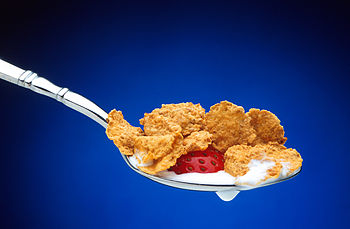 |
| Cedar Tree - Photo: Wikimedia |
However, softwood producing trees such as the Cedar contain just two types of cell and have few waters conducting vessels meaning it stays drier in wet conditions than other conifers such as the Yew or the Cypress tree. They commonly reach 1500m in height and are 30 to 40m across. In their natural habitat, Cedar trees are exposed to mountain and monsoon climates, which mean that they are adept at surviving snow, drought, heavy rainfall and temperatures as low as -25?C.
Not only are Cedar trees aesthetically beautiful, but they produce wood which smells and looks lovely when crafted into furniture. This type of wood is ideal for outdoor furniture as it is resistant to decay and is protected by its own natural oils and resins that prepare the wood for harsh weather conditions. However, many cedar garden furniture items (particularly those used outdoors) are stained or treated every two to three years in order to give the wood those few extra years of protection against the elements. If left untreated, Cedarwood gradually ages and develops a greyish-silver color.
This looks good but means that the wood will not last as long as it would, had it been treated. An additional advantage of Cedar is that it is sparse (has a low density) and while it attempts to equalize the moisture within its wood and the air around it, it does not warp or crack as many other kinds of wood do. Cedarwood contains small pockets of air, which means that it doesn’t conduct heat as well as some other woods. This is ideal in summer when the air is warm, and the cedar furniture remains cool despite the weather.
Cedarwood is often chosen by carpenters and furniture manufacturers because of its low density and weight. It is easy to transport and very versatile, along with its weatherproof qualities and aesthetic appeal which makes it an ideal wood for outdoor furniture.
Western Red Cedar wood is often chosen for furniture because of its attractive look. It has a straight grain and an almost terracotta shade. Unlike ‘white’ Cedar, its natural oils also repel moths and other insect pests such as ticks, fleas, and termites which make it well suited for outdoor dog and cat pens or houses and small huts such as beach houses.
It has also been tested in the US for its flame spread rating in order to determine how fast fire will burn through the material. The lower the rating, the slower the wood takes to burn, and Western red cedar wood’s flame spread rating is 98 which is considered low. So not only is red cedar wood perfect for outdoor furniture and structures, but it is very suitable for interior displays, wall panels, and furniture too.






